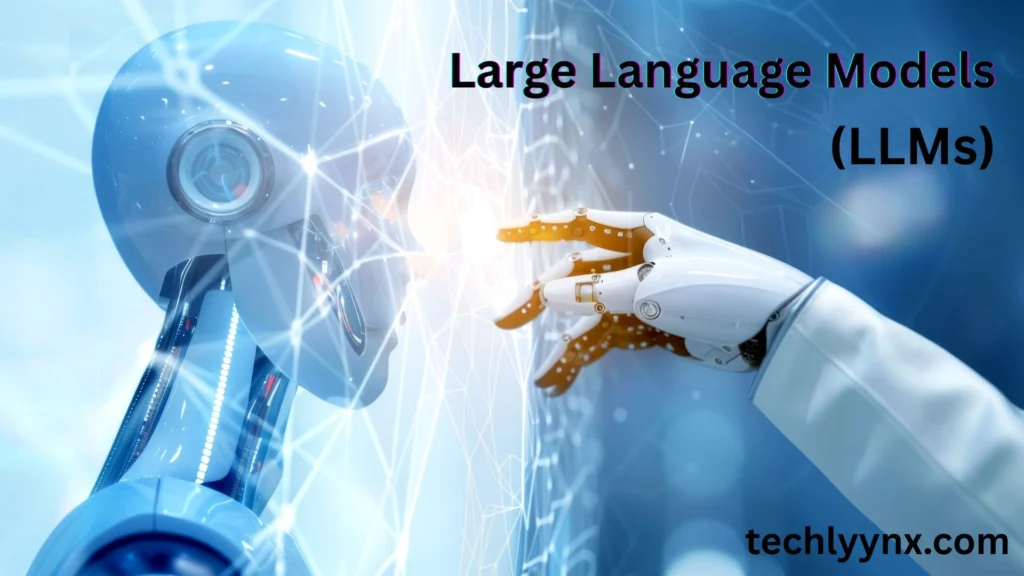One important idea that is frequently brought up in discussions about artificial intelligence (AI) in the current digital age is LLMs. These potent instruments—also referred to as massive language models—are changing daily life, research, education, and industries. However, what are LLMs exactly, and what makes them so crucial? Without having a technical background, you can grasp their extent, advantages, and difficulties thanks to this guide’s clear and humanized explanations.
What Are LLMs?
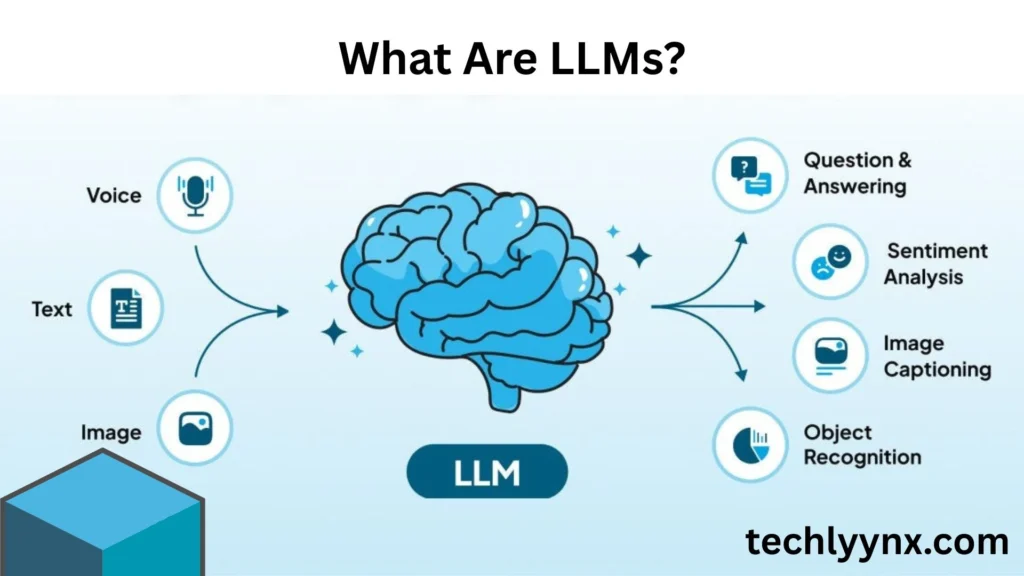
Large language models, or LLMs for short, are sophisticated AI programs designed to comprehend, interpret, and produce writing that is similar to that of a person. Consider them to be extremely sophisticated text prediction algorithms. To discover patterns in the way language functions, they examine vast volumes of written material, including books, websites, essays, and more. This allows them to answer inquiries, summarize information, react to suggestions, and even produce new content that seems natural.
Fundamentally, they don’t “think” like people. Rather, they determine the most likely next word in a sentence using statistical probability. However, their output frequently feels unexpectedly sophisticated and human because they have been educated on billions of words.
The Evolution of Large Language Models
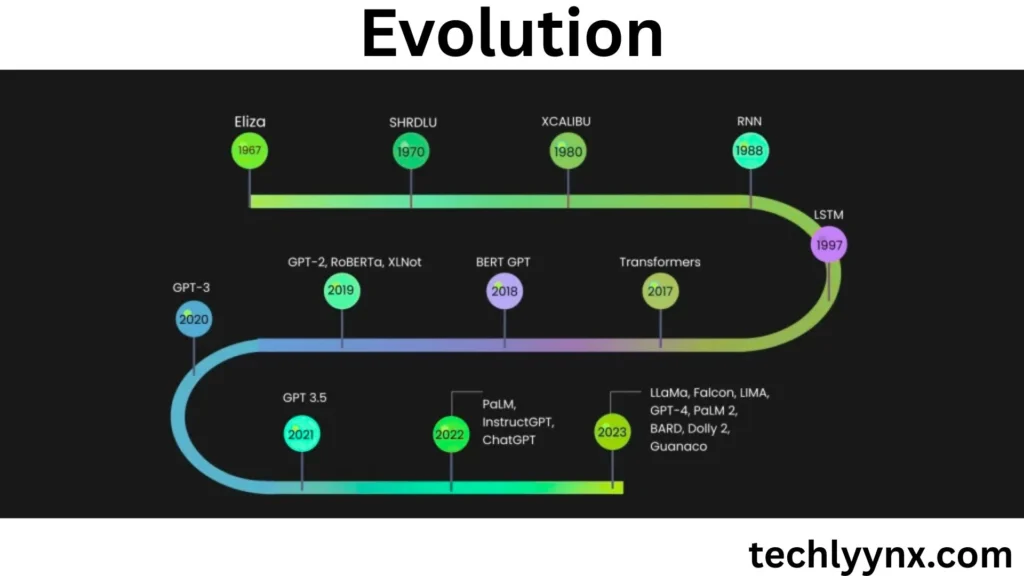
LLMs’ journeys didn’t begin overnight. Rigid logic and rule-based approaches were the mainstays of early AI systems. Due of their lack of adaptability, they were only effective in certain situations.
Machine learning and then deep learning were the key breakthroughs. In order to identify intricate patterns, researchers started creating models with several layers of neural networks. These networks developed into what are today known as big language models when sufficient data and processing capacity were available. Systems like GPT, PaLM, and Claude are examples of the state-of-the-art in this area today.
How Do LLMs Work?
To simplify, here’s a step-by-step explanation of how LLMs function:
- Data Collection – They are trained on a diverse dataset that includes books, articles, code, and web content.
- Tokenization – Text is broken into smaller pieces (tokens), which could be words, parts of words, or even characters.
- Training – Using deep learning techniques, the model predicts the likelihood of tokens appearing in certain sequences.
- Fine-Tuning – Models are refined with human feedback to make their responses more useful and safe.
- Deployment – Once trained, LLMs can be integrated into chatbots, writing tools, coding assistants, and countless applications.
The magic lies in the transformer architecture, which allows the model to pay attention to different parts of a sentence simultaneously. This is why modern these models produce more coherent and context-aware text compared to older models.
Applications in Daily Life
LLMs are becoming more and more useful. Among the most widely used applications are:
From customer service to education, content creation, and programming support, the versatility of large language models is becoming increasingly clear. Each application highlights how models can streamline tasks, enhance productivity, and open new possibilities across industries.
Support for Healthcare: They help with literature reviews, patient communications, and medical documentation.
Business intelligence: AI-driven summaries are used by companies to assess market data and reports.
The ability of LLMs to adjust to nearly any text-based work is what makes them exceptional.
Benefits and Limitations of Large Language Models
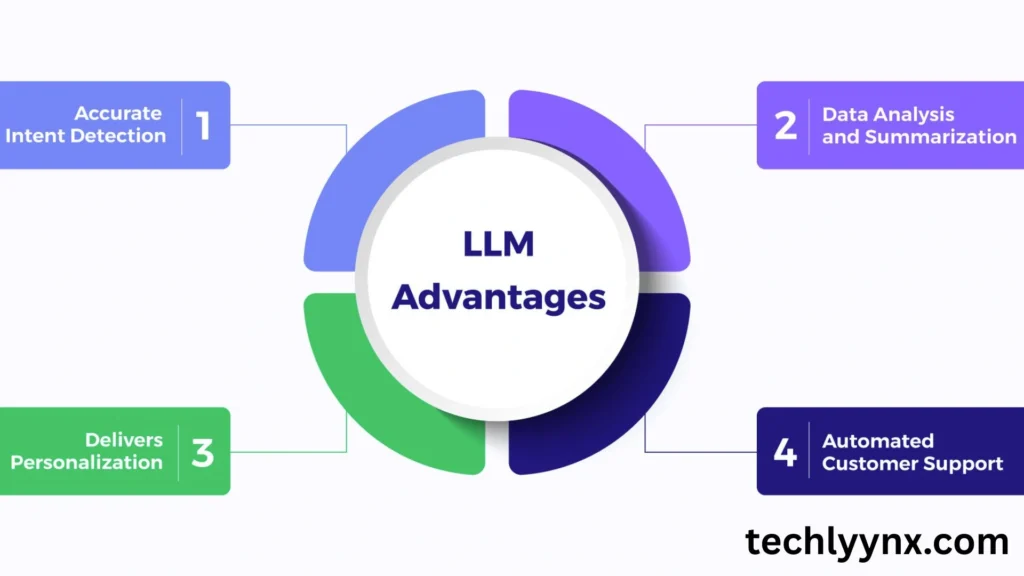
LLMs have advantages and disadvantages like any other technology.
Benefits
- Efficiency: By producing excellent drafts, summaries, and responses, they save time.
- Accessibility: Professionals, students, and non-native speakers can interact and learn more readily.
- Scalability: Companies don’t need to hire large support staffs to handle thousands of client inquiries at once.
Restrictions:
- Hallucinations: They can occasionally generate information that appears to be accurate but is incorrect.
- Bias: They could represent societal prejudices because they are trained on data created by humans.
- Resource-intensive: It takes a lot of effort and computer power to train big models.
- Dependency Risk: Excessive dependency may impair a person’s capacity for creativity or critical thought.
Knowing both sides guarantees that we use LLMs sensibly and practically.
The Future of LLMs
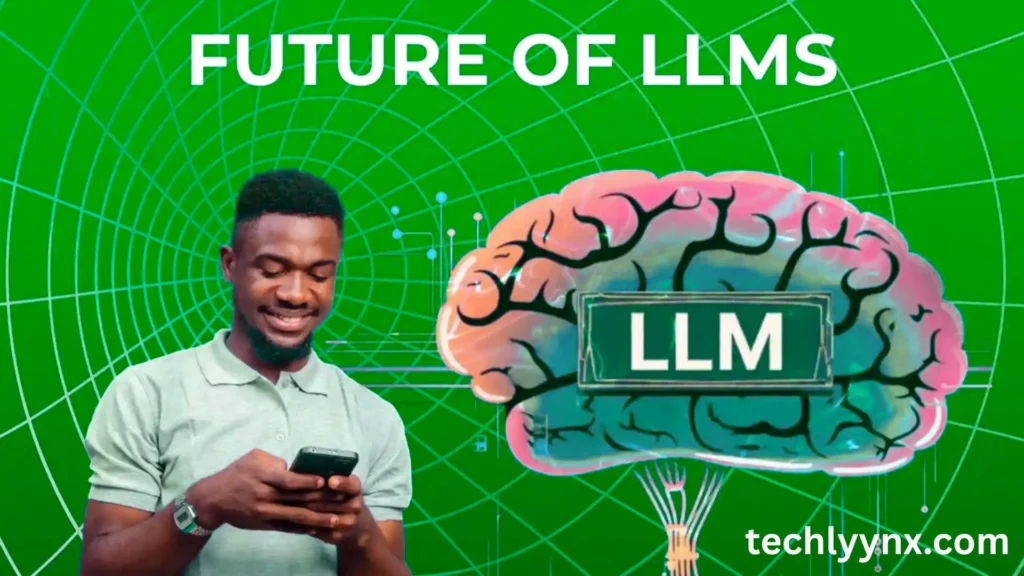
Looking ahead, the role of these models is only set to grow. Researchers are working on making these models more efficient, less biased, and safer for global adoption. Future versions may:
- Understand multimodal inputs (not just text but also images, audio, and video).
- Offer real-time translations and cultural sensitivity in communication.
- Improve reasoning and decision-making capabilities beyond surface-level text generation.
- Operate with reduced environmental impact thanks to greener training methods.
Ultimately, they are not here to replace humans but to augment human capabilities. They act as partners, enabling faster work, smarter research, and creative breakthroughs.
Why Their Understanding Matters
Whether you’re a professional, student, or just interested in technology, knowing LLMs offers you a distinct edge. These systems are changing how we work, study, and live; they are not merely a fad. Large language models are a key component of contemporary AI, and they can be used to drive innovation across industries and simplify daily operations.
We can make better and more moral use of them if we recognize both their promise and their limitations. After all, the future of AI is about how humans and robots can collaborate to create a better world, not only about machines.
Final Thoughts
LLMs have rapidly become one of the most influential advancements in artificial intelligence. They power the tools we use daily, help businesses scale, and open up creative possibilities we couldn’t have imagined just a decade ago. While challenges like bias and misinformation remain, the benefits they bring are undeniable.
By staying informed and using LLMs thoughtfully, you can make the most of this groundbreaking technology while also contributing to a responsible AI-driven future.

